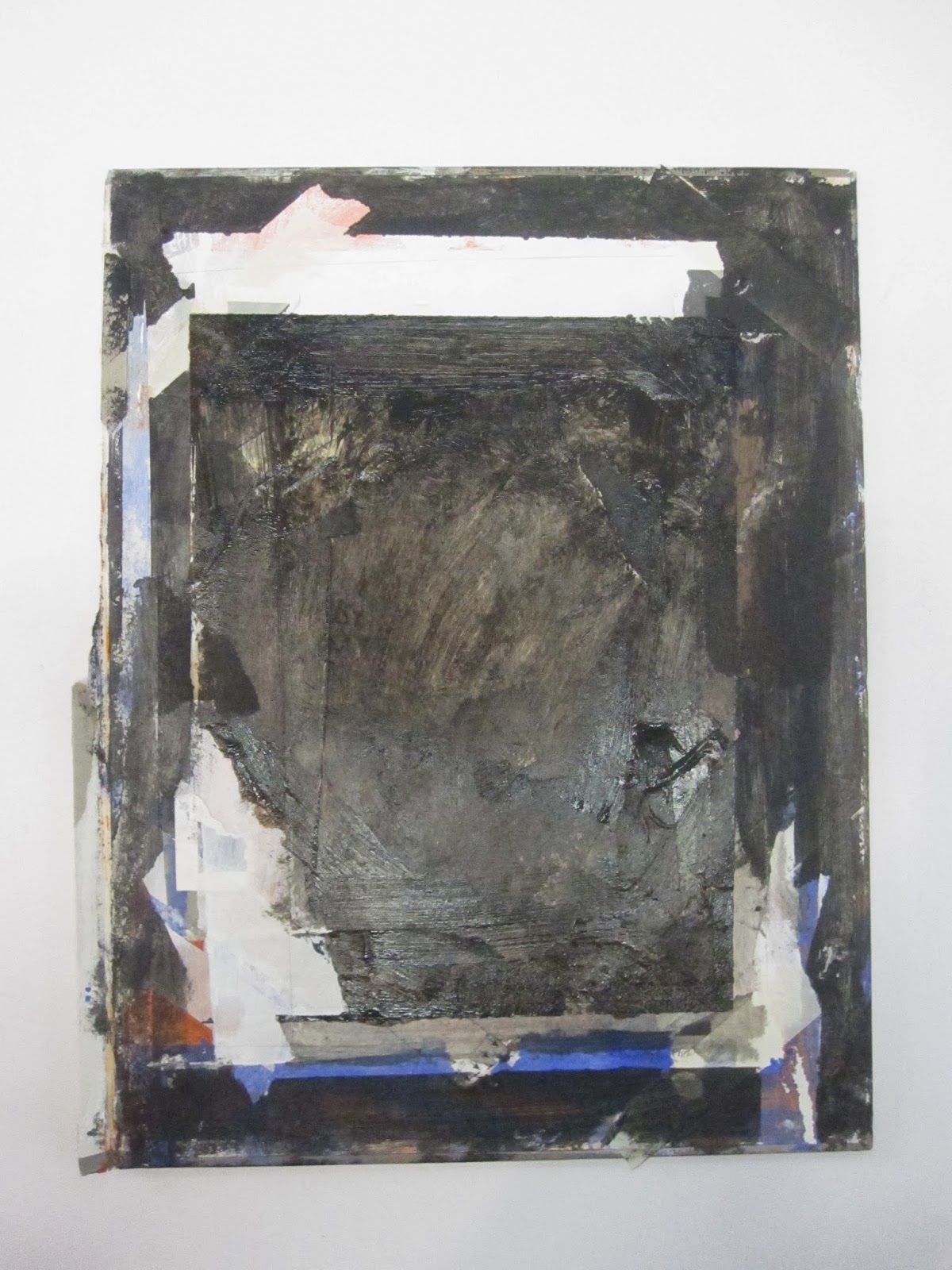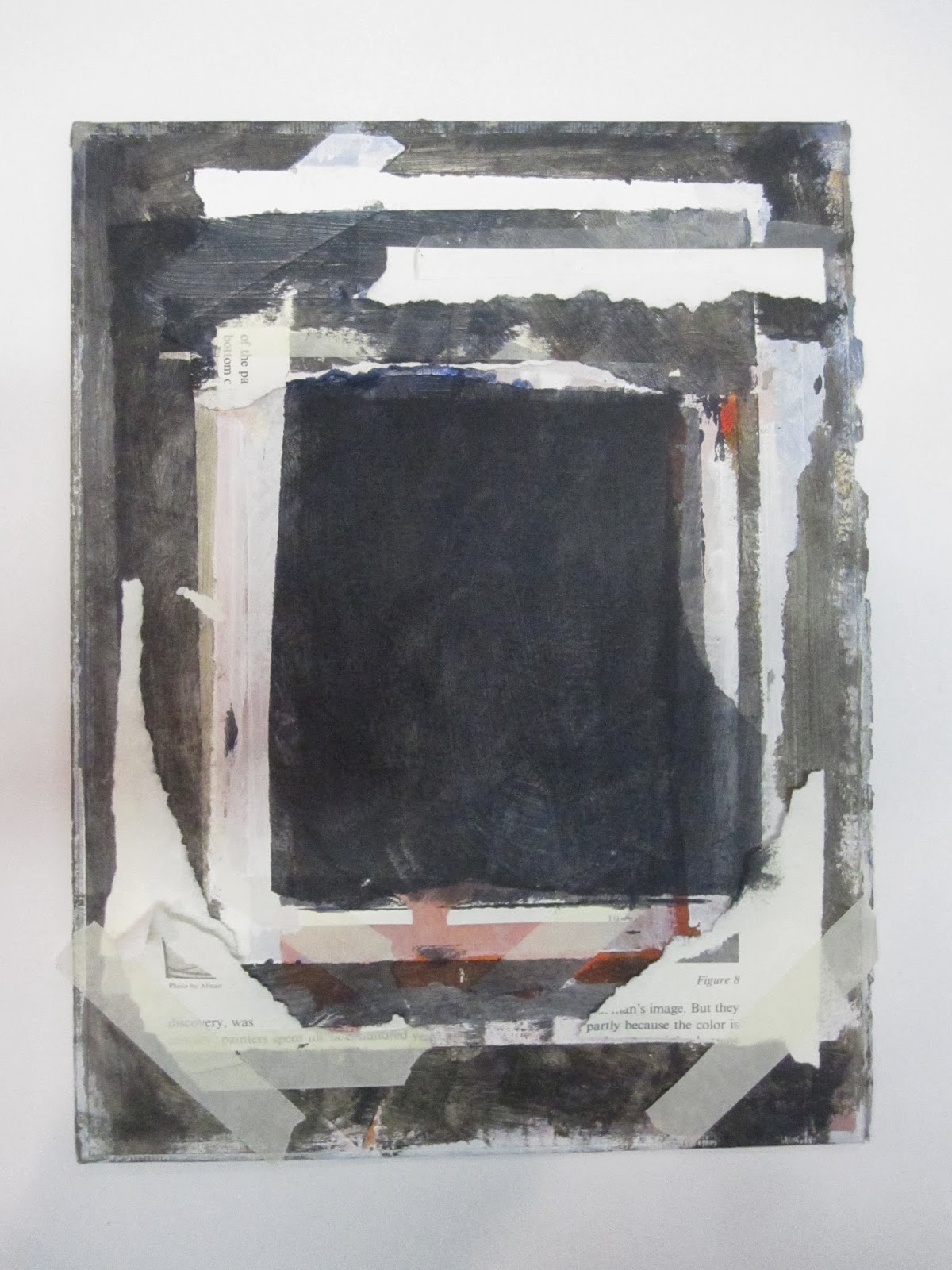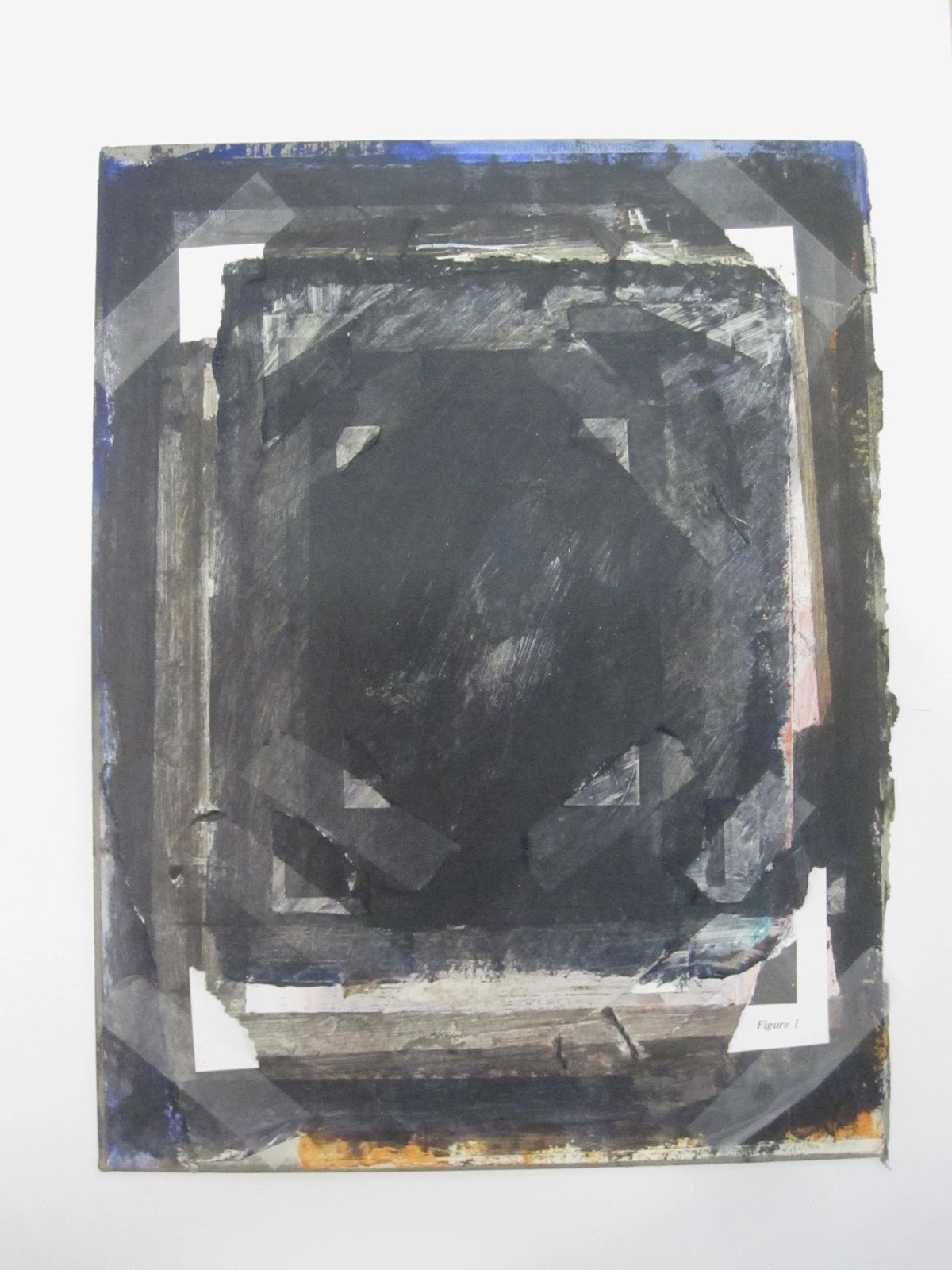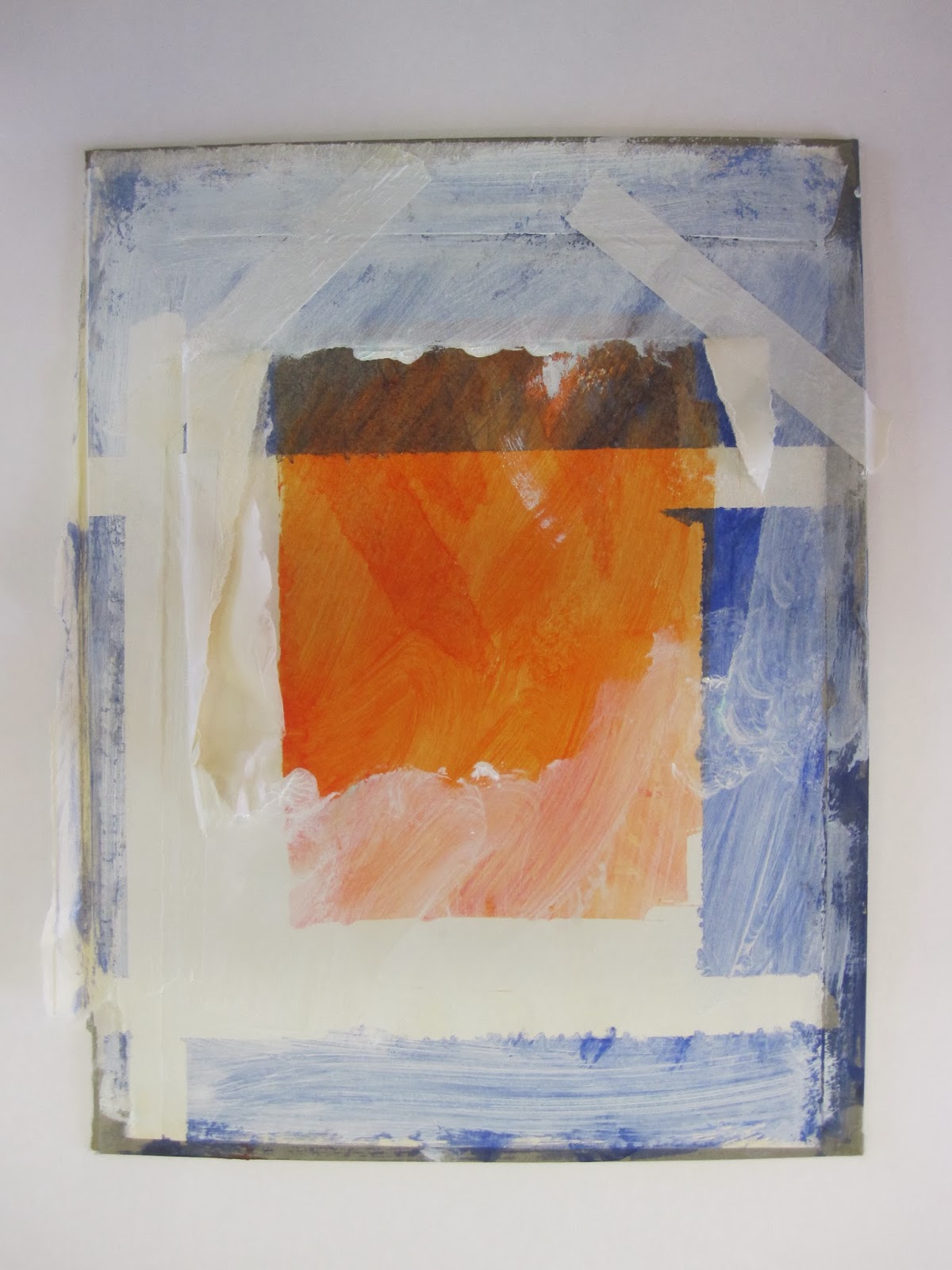We stayed on Naxos a few years ago. Every evening we took a stroll to Chora for dinner in a seaside restaurant and would first walk around The Portara, which is the frame of giant doorway, all that remains of a 6th century temple dedicated to Apollo facing out to the sea and the setting sun. At the time I found this ancient doorway, framing the elemental realities of earth, air, fire and water, to be a fascinating challenge to my contemplation of time and space. The past and the future always exist as either memory or imagination in the eternal present. The space inside the proportional frame and the space outside it are part of the same dimensionless infinity. Somehow this rectangle of 'nothing' framed by 'something', or this form made of emptiness, silently witnessing the ever changing cycles of night and day, sunrise and sunset and the generations of people being born and dying on the island, and the all the comings and going of visitors in ships over the centuries seemed to absorbed into the simplicity of its just being there.
.jpg) |
| The Portara, Naxos. Greece |
I always experience something of the same sense of occilation between form and space, shadow and light in the Seagram Mural paintings of Mark Rothko which I saw most recently at the Tate Modern's Rothko exhibition in 2008.
 |
| Mark Rothko Red on Maroon 1959 Mixed media on canvas |
In 'The Artist's reality, Philosophies of Art by Mark Rothko', Published by Yale University Press in 2008 and based on the writing of the artist Rotho says this in a chapter headed 'Space' and subheaded 'Different Kinds'.
Tactile space, or, for the sake of simplicity let us call it air, which exists between objects or shapes in the picture, is painted so that it gives the sensation of solid. That is, the air in a tactile painting is represented as an actual substance rather than as an emptiness.
Tactile space, or, for the sake of simplicity let us call it air, which exists between objects or shapes in the picture, is painted so that it gives the sensation of solid. That is, the air in a tactile painting is represented as an actual substance rather than as an emptiness.











































